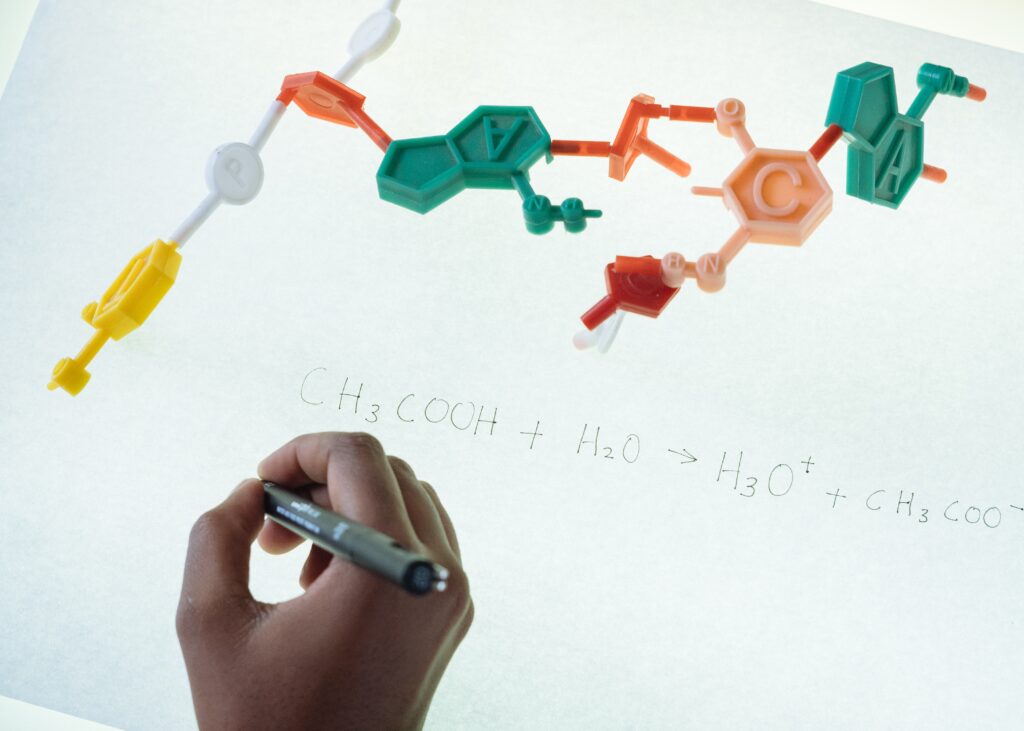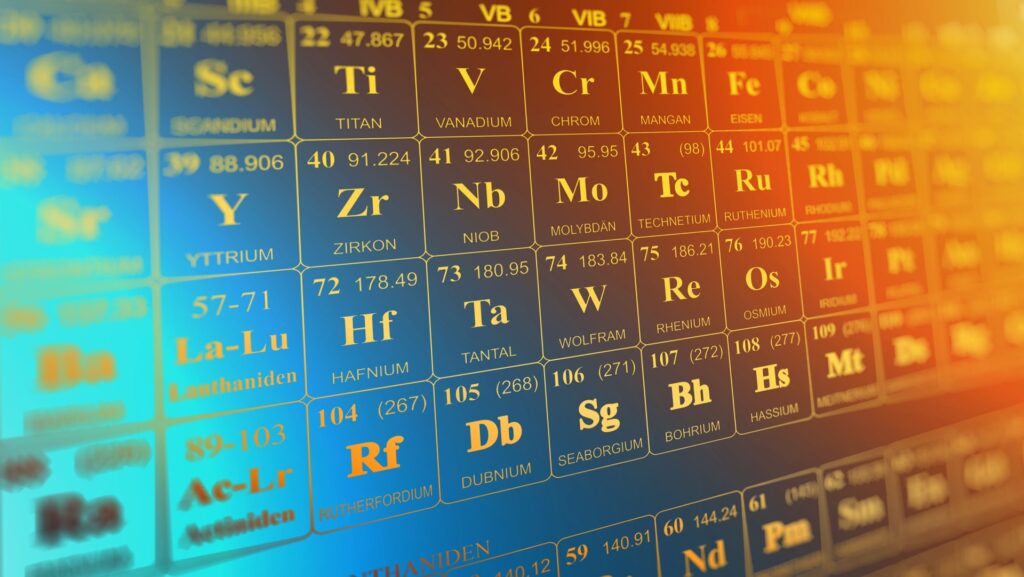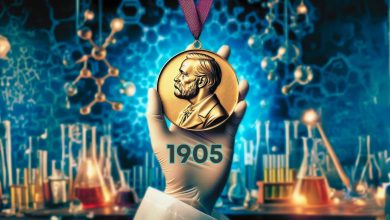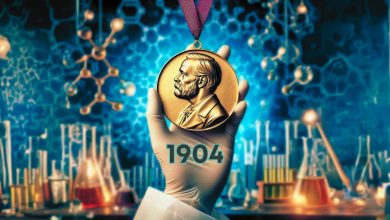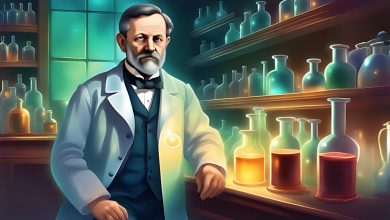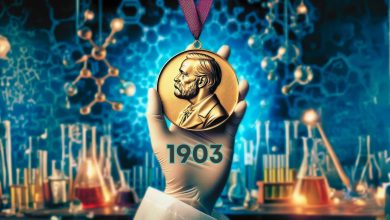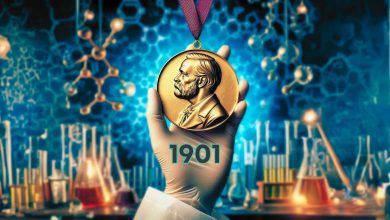Where Do Elements’ Names Come From?

Where Do Elements’ Names Come From?
When we look at the periodic table, we see that there are over a hundred elements. Every element has a name and of course, that name has a story. These names, especially those at the end of the periodic table, are usually named after a scientist to honor him/her. Some are named after the region where they were discovered, while others are named according to their chemical properties. Today we will talk about where the names of the elements came from!
The Elements and Their Origins
H: It comes from the Greek word hydrogenes, which means ‘forming water’.
He: It takes from the Greek word helios, meaning ‘sun’.
Li: It derives from the Greek word lithos, meaning ‘stone’.
Be: It takes from ‘beryl’ which is the precious stone it is found in.
B: It takes its name from the Arabic word for the mineral ‘borax’.
C: It takes its name from the Latin word carbo meaning ‘coal’.
N: It takes its name from the Greek word nitrogene, which means ‘forming niter (potassium nitrate)’.
O: It takes its name from the combination of the Greek words oxis and jenes, meaning ‘acid making’.
F: It takes its name from the Latin word fluere meaning ‘flame’.
Ne: It takes its name from the Greek word neos, meaning ‘new’.
Na: It takes its name from the word natrium.
Mg: It takes its name from Magnesia, the region where it was mined in Greece.
Al: It takes its name from the Latin word alumen meaning ‘bitter salt’.
Si: It takes its name from the Latin word silicis, meaning ‘lighter’.
P: It takes its name from the Greek word phosphoros, meaning ‘bringer of light’.
S: It takes its name from the Latin word sulphrum meaning ‘to burn’.
Cl: It takes its name from the Greek word meaning ‘greenish yellow’.
Ar: It takes its name from the Greek word argos, meaning ‘inactive’.
K: It takes its name from the English word pot-ash, which means ‘cauldron ash’.
Ca: It takes its name from the Latin word calx, meaning ‘lime’.
Sc: Takes its name from Scandinavia.
Ti: It takes its name from the word Titan in Greek mythology.
V: It takes its name from Vanadis in Norse mythology.
Cr: It takes its name from the Greek word chroma, meaning ‘color’.
Mn: It takes its name from the Latin word magnis, meaning ‘magnet’.
Fe: It takes its name from the Anglo-Saxon word iren.
Co: It takes its name from the German word cobald meaning ‘jinn’. Legend has it that jinn misled German miners looking for tin.
Ni: Named after the old mocking demon Nick. (Old Nick is another name for the devil.)
Cu: It takes its name from the English word copper, which means ‘metal from Cyprus’.
Zn: It takes its name from the Persian word sing, which means ‘stone’.
Ga: It takes its name from the Latin word Gaul, meaning ‘France’.
Ge: It takes its name from the Latin word Germania, which means ‘Germany’.
As: It takes its name from the Greek word arsenicon meaning ‘yellow pigment orpiment’.
Se: It takes its name from the Greek word Selene, which means ‘Moon’.
Br: It takes its name from the Greek word bromos, meaning ‘bad smell’.
Kr: It takes its name from the Greek word “cryptos” meaning ‘hidden’.
Rb: Takes its name from the Latin word rubidus, meaning ‘darkest red’.
Sr: It takes its name from the village of Strontian in Scotland, where the element was first discovered.
Y: It is named after the Swedish town of Ytterby.
Zr: It takes its name from the zircon mineral (a semi-precious stone). Zircon means ‘like gold’ in Persian.
Nb: It takes its name from Niobe, the daughter of King Tantalus in Greek mythology.
Mo: It takes its name from the Greek word molybdos, meaning ‘lead’.
Tc: It takes its name from the Greek word tekhnetos, meaning ‘artificial’.
Ru: It takes its name from Ruthenia, the Latin name of a region within the borders of Belarus, Ukraine, Russia, Slovenia, and Poland today.
Rh: It takes its name from the Greek word rhodon meaning ‘rose’. This name is given to the element because the color of some of its compounds is red.
Pd: It takes its name from the Pallas asteroid.
Ag: It comes from the Latin word argentum, which means ‘white, bright’.
Cd: It takes its name from the Latin word cadmia for calamine, a zinc ore.
In: It takes its name from the Latin word indicum meaning ‘purple’.
Sn: It takes its name from the Latin word stannum which means ‘tin’.
Sb: Takes its name from the Greek word anti-monos, meaning ‘not alone’.
Te: Takes its name from the Latin word tellus, meaning ‘world’.
I: It takes its name from the Greek word iodes, meaning ‘purple’.
Xe: It takes its name from the Greek word xenos, meaning ‘foreigner’.
Cs: It takes its name from the Latin word caesius, meaning ‘blue sky’. It got this name because of its blue flame.
Ba: It takes its name from the Greek word barys, meaning ‘heavy’.
Hf: It takes its name from the word hafinia, which is the Latin equivalent of the city of Copenhagen.
Ta: Takes its name from King Tantalus in Greek mythology.
W: It takes its name from the Swedish words tung and sten, meaning ‘heavy stone’. It is also called Wolfram.
Pt: It takes its name from the Platino del Pino river in South America where it was discovered.
If you are interested in the naming stories of Cobalt and Nickel elements, we recommend you to read our article “Elements of the Satan and Naughty Jinn: Nickel and Cobalt“ for more detailed information 🙂
References and Further Readings
Hydrogen – Element information, properties and uses: Periodic Table. Hydrogen – Element information, properties and uses | Periodic Table. (n.d.). https://www.rsc.org/periodic-table/element/1/hydrogen.
Vlasov, LN, & Trifonov, DN (1977). 107 stories about chemistry. Moscow: Mir.
You can access the sources of the images used by clicking on the images.
The proofreading has been done by Asu Pelin Akköse and Mete Esencan.
Would you like to support us?
- For more detailed information, you can check our “Support Us!” page!





